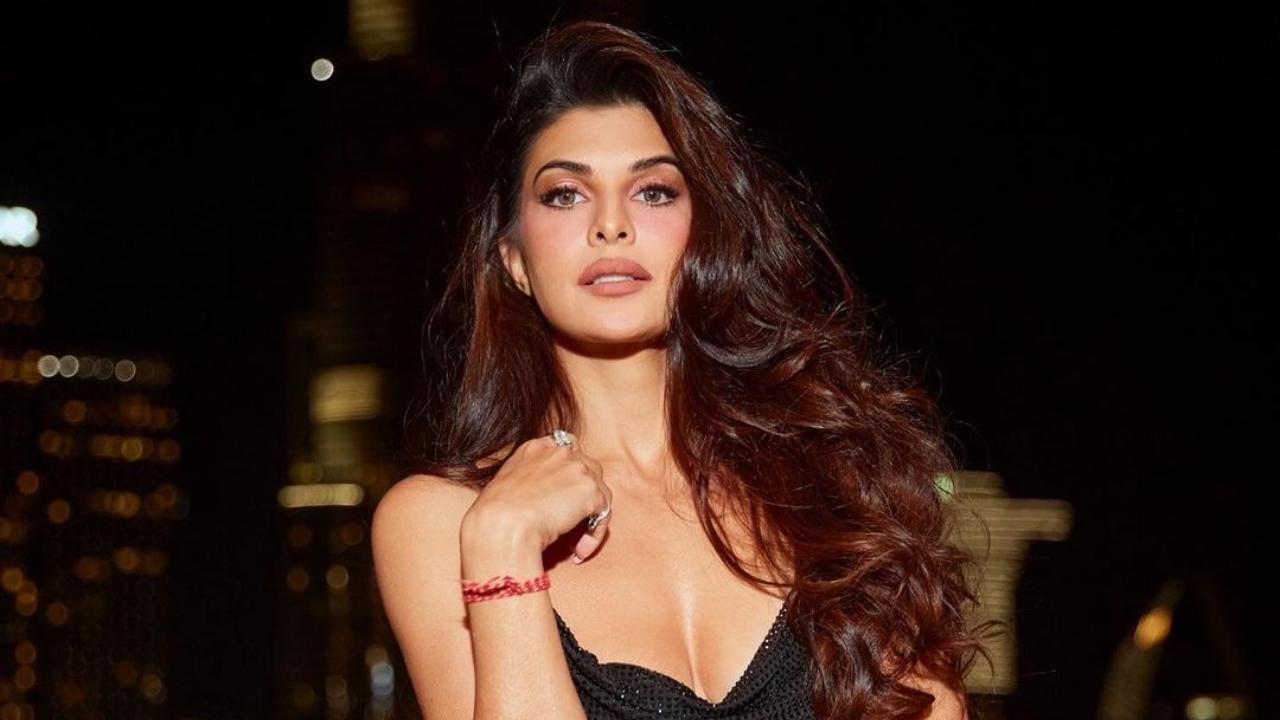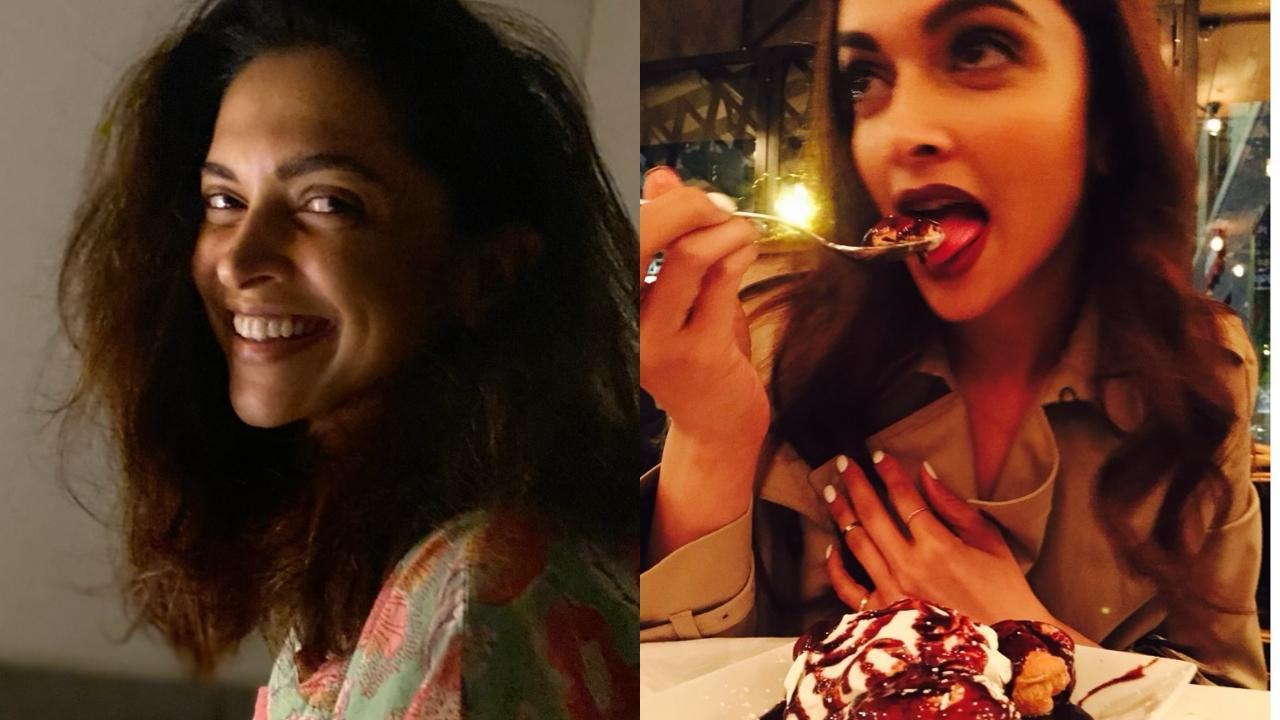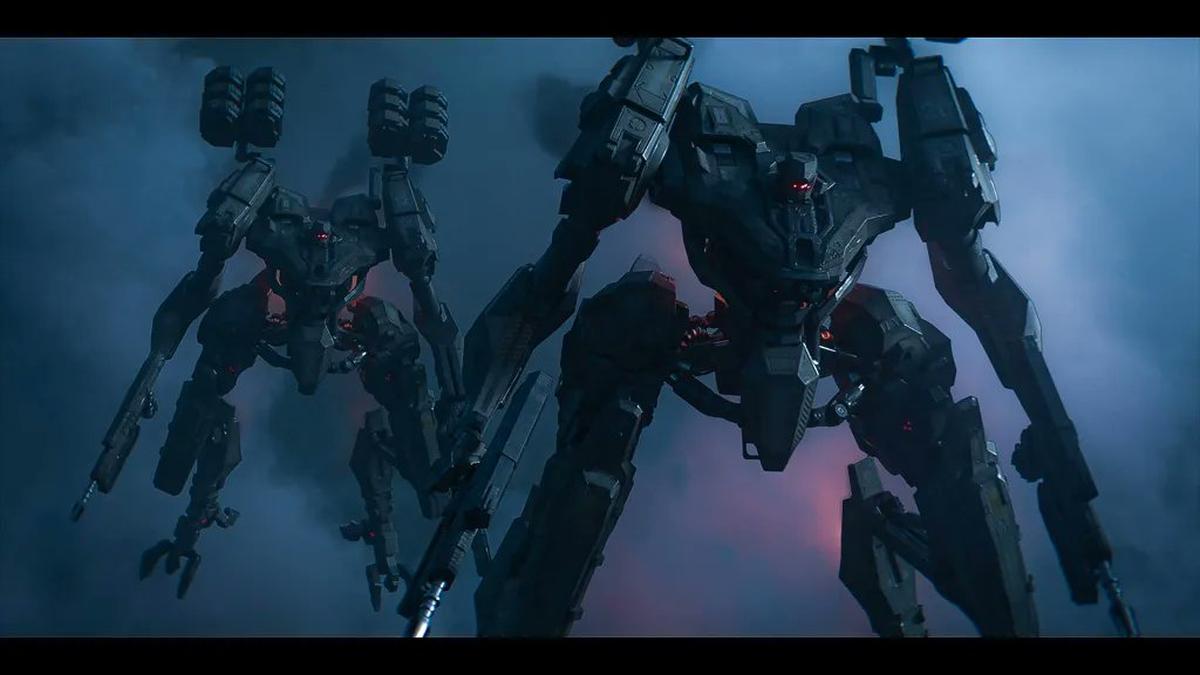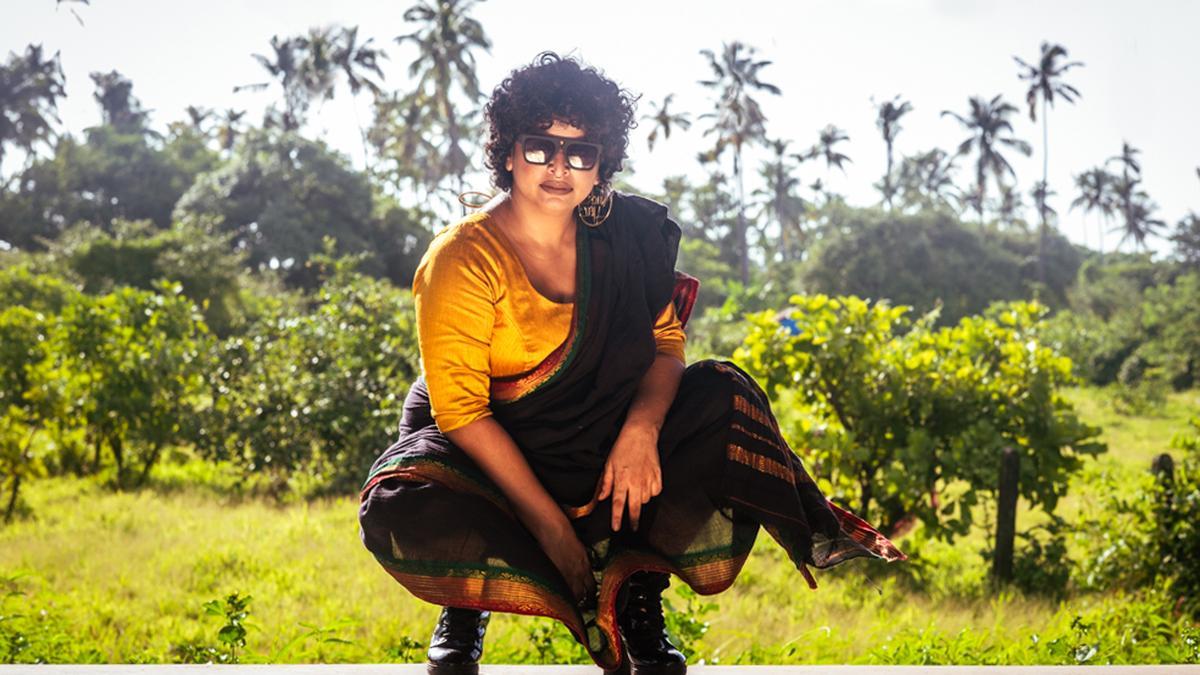
The reverent cadences of Muthuswami Dikshitar’s compositions were given their due spotlight as the able Thamarakkad Govindan Namboothiri earnestly applied his quiet manner to his vocal recital in a recent bespoke concert in Chennai. As part of the concert series memorializing Andal and V. Ananathanarayanan at Naada Inbam, Govindan’s deliberate rendition of three kritis showcased a clinic in precision, drawing a bow to the long-standing historical ties of Carnatic music with its predecessor, the Dhrupad tradition.
Muthuswami Dikshitar, a luminary of the 18th and 19th centuries, had spent a formative seven-year stint in northern India, most notably in Kashi, where the profound disciplines of Hindustani classical music left an indelible impression. Fascinated by the contemplative depth of the Dhrupad style, Dikshitar, hailing from the lush setting of the Cauvery delta, composed Carnatic kritis etched with structural elegance and rich with spiritual gravitas. In the hands of an academically minded musician like Govindan, whose pedagogy flows in the vein of his late mentor Mavelikara Prabhakara Varma from Kerala, such intricate legacies find brilliant exposition.
The Naada Inbam performance was a tapestry of contrasting ragas where Govindan ensured a diverse rhythmic voyage – each kriti set to a distinct tala, never to be repeated. Shying away from the customary, the concert began and ended with lighter melodies, framing Kalyani as the central piece. This part of the performance, complete with niraval and tani avartanam, spanned well over an hour of the total 145-minute musical contemplation. Instrumentalists R. Raghul on violin and K. Arunprakash on mridangam provided impeccable accompaniment, mirroring the restraint and gravity akin to the Dhrupad’s pakhawaj.
Launching with Hindolam, an unconventional choice for a concert opener, Govindan traversed the alapana largely on unembellished notes, climbing in a series of methodical undulations. It was within the raga’s middle ranges that the intricacies unfurled, though a deeper timbre might have enhanced its resonance. Fortunately, Raghul’s complementary violin interludes compensated for any tonal scarcity, maintaining a disciplined balance. ‘Neerajakshi Kamakshi’ emerged with grace, its entrance phrases embodying the signature tenacity while Arunprakash underpinned the composition with a subtle array of percussive sweetness.
The principal segment, set to Kalyani, warmed the auditory space more briskly, perhaps due to the inherently vivacious nature of the raga. As the alapana unfolded, its brevity was poignant though it flirted with expansive notes. Though simple in delivery, the performance did not conflate Kalyani with its north Indian counterpart, Yaman. Here, the violin maintained an appropriate veil of sobriety – eschewing excess, embracing subtlety.
‘Kamalambam’ advanced with a sedate rhythm yet managed to veer slightly off its predictable course at the charanam where ‘Sarvaasha paripuraka’ neared the tones of Yamunakalyani. Govindan’s deft command over the flow conjured a series of moments that dramatically underscored his rigour and reverence for tradition. The stylistic evolution of niraval was effortlessly woven, cascading into ‘Nirvana nijasukha’, followed by a robust swaraprastara. The tani avartanam in two-kalai Adi was particularly crisp, punctuating the immersive sequence.
The concert’s denouement arrived with Manirangu, another derivative raga. Following a textured alapana, ‘Mamava pattabhiramajaya’ in Mishra Chapu offered a melodious voyage consisting of slides and uplifting transitions. The concluding swaras were spun with a delicate pattern – a final testament to the performer’s skill to induce tranquillity while demanding unwavering focus from the listeners. This concert, as with the ancient practice of yoga, stood as a testament to the art of sustained concentration, a solemn reminder of the deep roots from which modern Carnatic music has bloomed.










